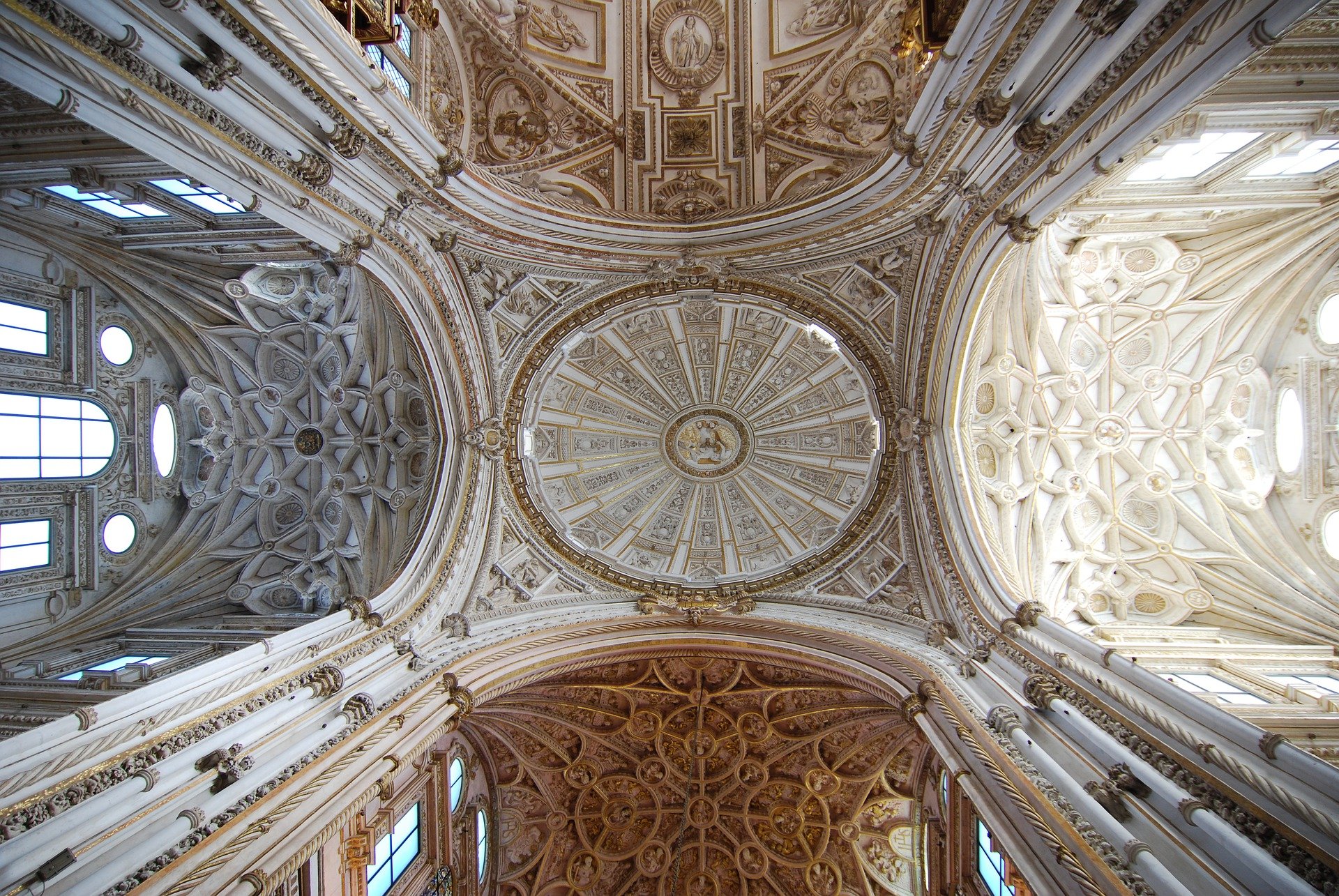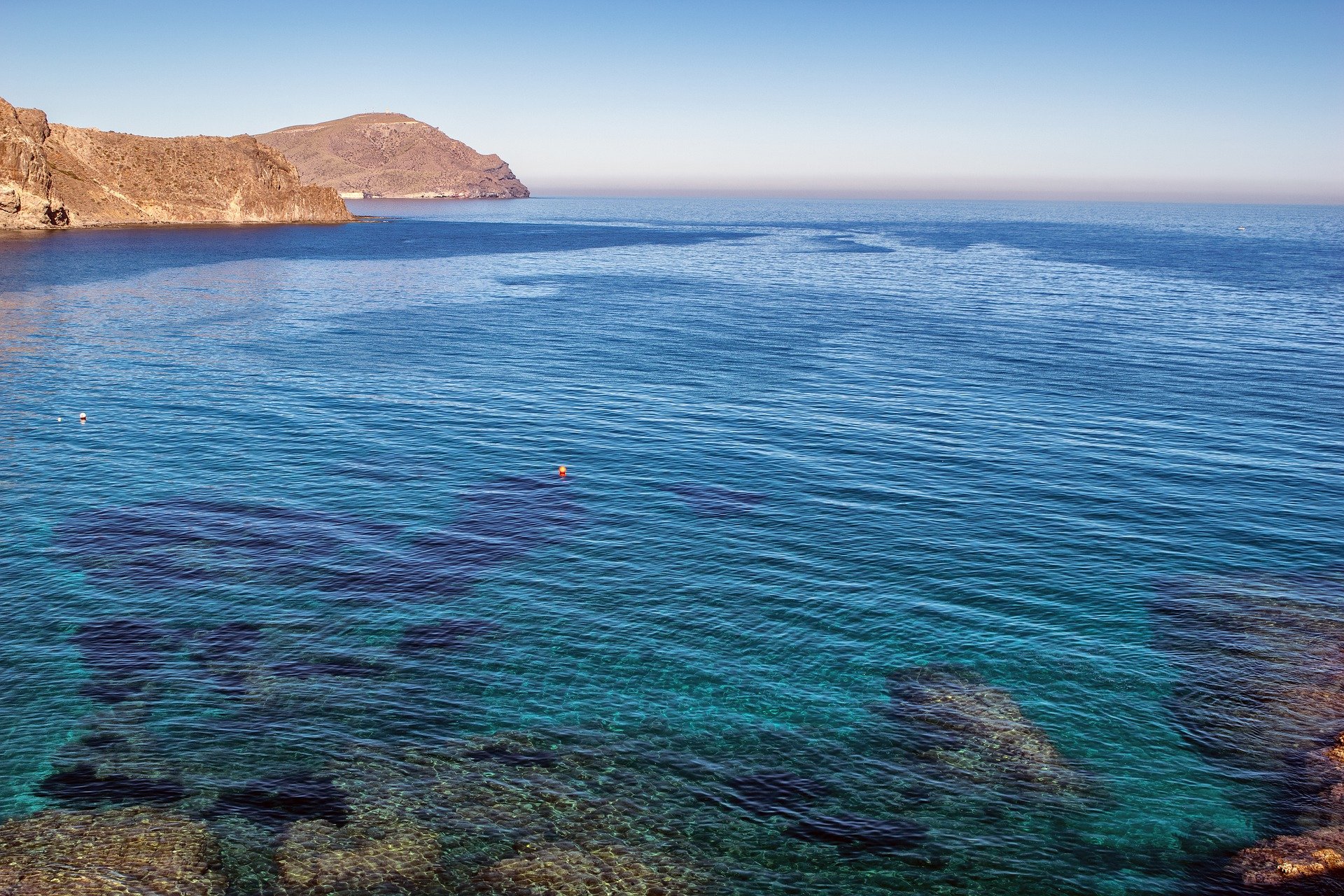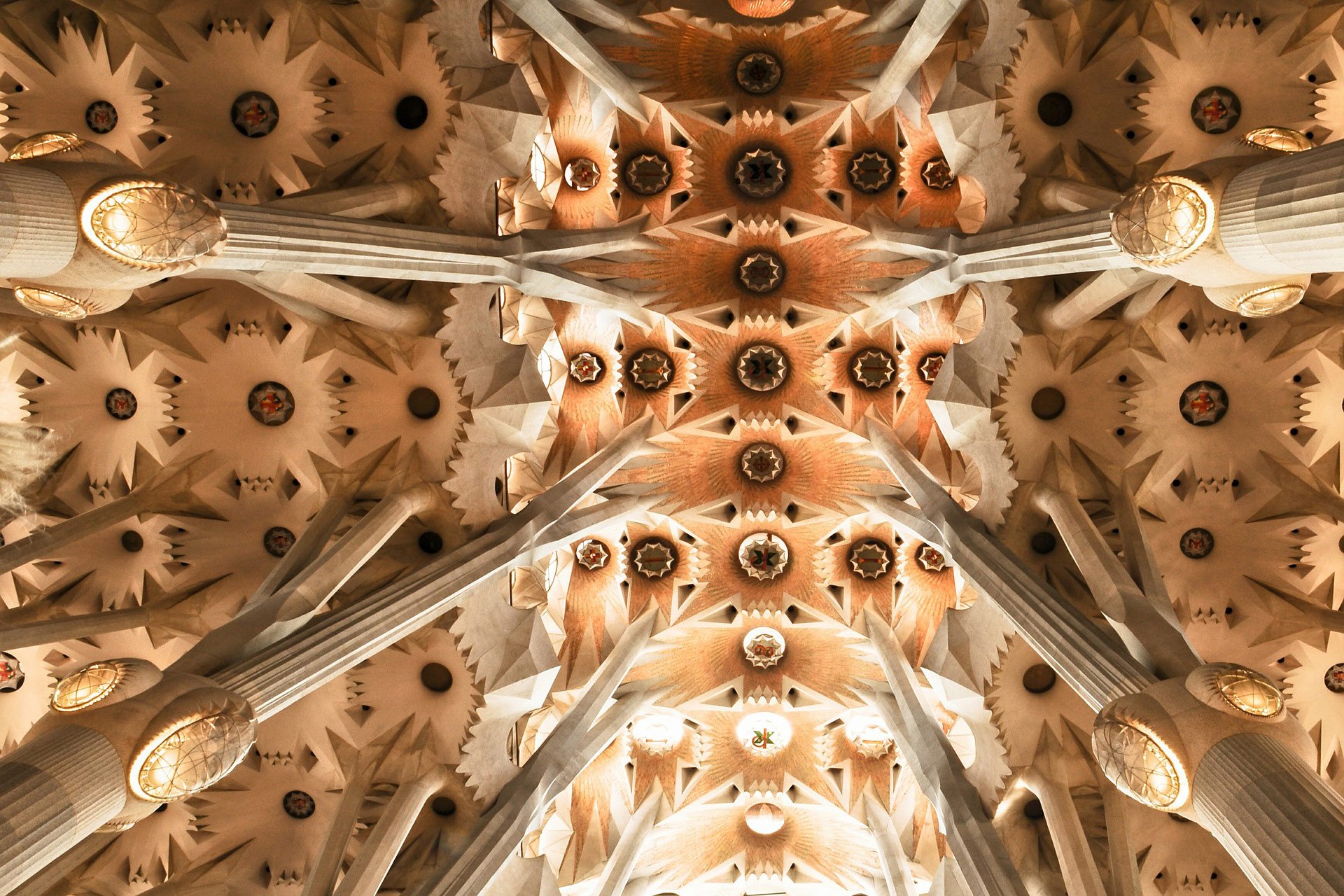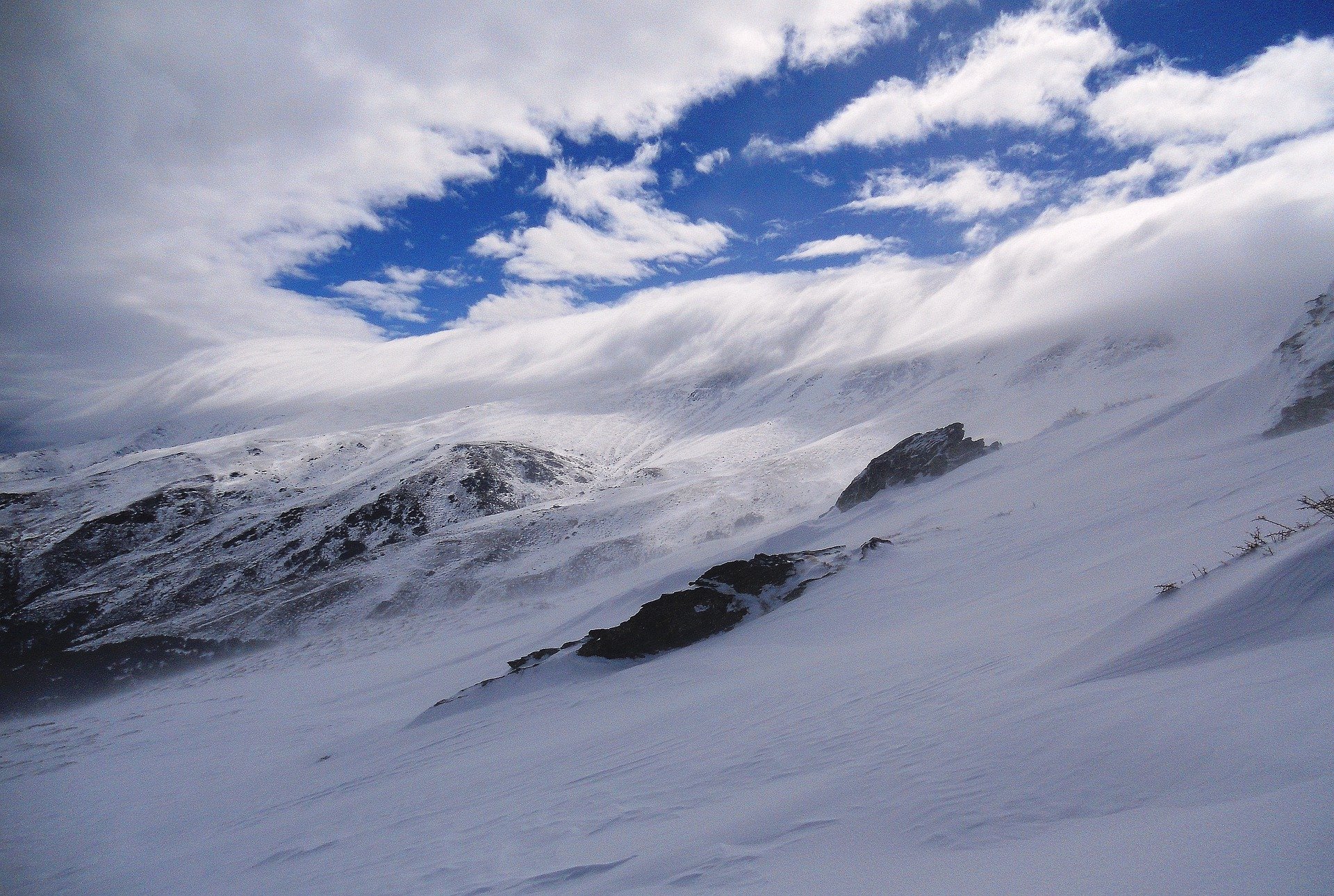Spain
Sports and adventures
Here are the sports and adventures we recommend in this destination.
For more details about sports click here.
The Iberian Peninsula offers many opportunities for outdoor sports, thanks to the presence of sea, mountains, countryside, rivers, …
Among the sports activities we recommend:
- Skiing in Sierra Nevada
- Trekking in Sierra Nevada, in the Pyrenees and in Galicia
- Bike and mountain bikes everywhere
- Surfing, kitesurfing, windsurfing (the Canaries Islands hosted world championship in wave mode – PWA) on all coasts and islands
- Diving in the Costa Brava and the Canaries
- Canyoning and rafting in the Sierra de Guara in the Pyrenees
- Climbing in Mallos de Riglos and in the Picos de Europa
- …
Experiences
Here are some of the unique and exciting experiences you could live in this destination:
- Follow the path carved into the rock of the Mont Rebel gorge;
- Follow the running of the bulls in Pamplona for the feast of San Fermìn;
- Walk the Caminito del Rey (Malaga), a path whose walkways, just 1 meter wide, are fixed along the walls of the Desfiladero de los Gaitanes in El Chorro, near Álora, suspended up to 100 meters high on the river;
- Participate in the Festa de Las Fallas in Valencia, from late February to March 19th. It is a Carnival-like party, in which masks / statues parade throughout the city until March 19, when the party ends with the burning of the masks in a large bonfire;
- Diving in the largest submerged cave in Spain (Lago Azul, Burgos): in the Rudrón valley there is a lake with turquoise waters connected to this cave, nicknamed “Everest”, as it is for the most part still unesplored;
- Visit and dive at the natural reserve on the Columbretes Islands off the coast of Castellón de la Plana (north of Valencia). This uninhabited archipelago of volcanic origin is the natural habitat of several species of lizards and birds at risk of extinction;
- Fight against the windmills along the streets of La Mancha, traveled by Don Quixote;
- …
What to see
In addition to the sports and adventures mentioned above, Spain offers wonderful locations that are absolutely worth visiting, including:
- Rio Tinto: it takes its name from the intense red colour that characterizes the river waters, saturated with iron oxide, so acidic and full of minerals that it’s not possible to swim in it. In addition to this, the journey by train through the mines and along the Sierra de Aracena and the Picos de Aroche Natural Park is spectacular, offering a unique show of contrasts and unforgettable colours.
- The village of Setenil de las Bodegas, in the province of Cadiz: it’s a “living in nature” and “eco-sustainable architecture” village, thanks to the characteristic houses built in the rock. This area is also known for its gastronomy and for being the production area for one of the best olive oils in Spain.
- Granada: the “Arab” city for excellence thanks to the Alhambra, which in Arabic means Red Castle, is located on the top of the hill of La Sabika and has the Sierra Nevada on the background, to be seen possibly at sunset. Born as a military citadel, it then became a palace full of wonderful courtyards, fountains and gardens, made even more beautiful by truly surprising games of light and shadow. Also visit the beautiful Generalife palace, the Monastery of Santa Isabella, the ancient Moorish quarter of the Albayzín, the Cathedral and the Arab bath (El Bañuelo).
- Barcelona: it’s a perfect combination of art, architecture, mysticism, but also sea and nightlife. Climb to the top of the towers of the Sagrada Familia, discover the mystical secrets of Park Güell, delve into the most famous museums in the world, look for Gaudi’s works scattered throughout the city, get lost in the streets of the Raval, the Born or the Gothic Quarter , walks through the Ramblas, climb the Montjuïc Hill, where the Barcelona Botanical Garden and the 1992 Olympic Games structures are located.
- Madrid: it’s famous for being the city of nightlife and is characterized by a night-lifestyle, but don’t miss three of the most precious art galleries in the world (Prado, Centro de Arte Reina Sofia and Thyssen Museum -Bornemisza), and the neighborhoods like Chueca, Malasana and Salamanca of unquestionable charm.
- Valencia: do you remember the America’s Cup? In those years (the Nineties) the Valencian architect Calatrava, together with other sacred monsters of contemporary architecture such as Foster or Chipperfield, built the buildings that elected Valencia among the most beautiful cities in Spain. Don’t miss the beautiful City of Arts and Sciences (of Calatrava) with the Oceanografic, the Umbracle, the Palace of the Arts, the Museum of Science and Hemisfèric, the Palacio de Congresos (by Foster), the Cathedral, the ancient Barrio del Carmen (center of nightlife), the Central Market (where you absolutely must have lunch) and the Turia Gardens (public park set up in the old bed of Río Turia). You also have to taste the famous paella.
- Seville (Andalusia): it’s flamenco, tapas, bullfighting and parties, all the characteristics of Spain are contained here. Visit the Alcazar, the ancient Arab fortress, stroll through the characteristic Barrio of Santa Cruz, visit the Cathedral of Santa Maria, one of the main icons of Gothic architecture that preserves the precious Capilla Mayor, Capilla de San Antonio and the tomb of Cristoforo Colombo. Don’t miss the Giralda, the bell tower of the Cathedral emblem of the Andalusian capital and Plaza de España. Attend a traditional flamenco show.
- Lanzarote (Canary Islands): in addition to all the works of Manrique, don’t go away without tasting the chicken cooked in the heat of the crater of a volcano.
- Altamira Caves in Cantabria: it’s famous for the Paleolithic wall paintings depicting wild mammals and human hands.
- Zaragoza (Aragon): don’t miss the Moorish Palace of Aljaferia, the Cathedral (also called Seo), the Basilica de Nuestra Senora del Pilar and the beautiful Renaissance building de la Lonja.
- Cordoba: it was the capital of the Muslim Empire in Spain and in its heyday (around 970 AC) it had splendid mosques, libraries, astronomical observatories, aqueducts, and a very important university frequented by Arab, Jewish and Christians. As a testimony to its glorious past, there is the Mezquita (mosque), built on the foundations of a church, the only place in the world where it’s possible to celebrate mass in a mosque. Don’t miss the Alcazar of the Christian kings, the Calahorra tower, its famous Roman bridge and the Porta del Ponte (Door of the bridge), the ancient Jewish quarter of the Juderia with the synagogue and some beautiful traditional houses.



Nature
The landscape, the flora and the fauna of this country are just one of the reasons to visit it.
The numerous parks and the sea make Spain one of the favourite destinations for nature lovers.
Here are the main areas worth visiting Spain:
Parque Nacional de Timanfaya in Lanzarote: it’s an area over 50 square kilometers entirely made of petrified volcanic lava.
The Geopark of Las Loras: you will see spectacular landscapes such as the gorges of the Ebro river and those of the Rudrón or Las Tuerces river, the French Cave and the Valcabado Belvedere, waterfalls, such as Orbaneja del Castillo or Covalagua. Pre-Roman settlements, Neolithic dolmens and sites dating back to the Iron Age are scattered throughout the territory. The area is ideal for sports such as climbing, ca-nyoning, mountain biking.
The flisch cliffs of the Basque coast: several kilometers of cliffs that have been formed by the erosion of water and earth movements in over 50 million years. This is backgrounds of numerous Games of Thrones scenes as well.
Bardenas Reales Nature Reserve, Navarre: a paradise for trekking lovers but also for Game of Thrones enthusiasts because it offers unique settings, with its limestone formations, steep hills, sand and clay canals surrounded by a landscape that looks like the steppa.
Ordesa and Mount Perdido National Park: in the Pyrenees mountain range, it’s full of canyons, peaks, valleys and waterfalls.
The Bardenas Reales desert, a Unesco world biosphere reserve, is one of the few deserts in Europe. It presents a landscape of rocks with strange shapes modelled by wind erosion. This is where the scenes from the sixth season of Game of Thrones were filmed.
The El Torcal nature reserve in Antequera is a museum of natural sculptures created by millennia of erosion.
Sierra Nevada: recommended for snow, ski and snowboard enthusiasts. In addition, excursions with sleds or snowshoes are organized. In summer it’s ideal for trekking, mountain biking, horseback riding and canyoning.
Food and Wine
What you could eat and drink in this country
Food and wine are always in the heart of the Spanish people, at any time of the day: after a breakfast, mostly light, they have a snack at noon, the main meal at 2 pm, followed by a “siesta” (the nap); then a snack at 6 pm and finally the dinner not before 9 pm. If someone feels a bit hungry, here you have tapas, rich appetizers that accompany the drinks.
On the coasts there is excellent fish, especially in Galicia, and mostly octopus, calamari, cuttlefish, prawns, not to mention anchovies from the Cantabrian Sea. Even the meat of “free range” cattle and pigs is very good quality.
The local dishes are many, we’ll mention only a few, such as the Valencian paella, rice with many varieties of fish or meat with the addition of vegetables, also try the chorizo, the typical spicy sausage, and the queso manchego, the best known Spanish cheese, above all mountain ham (jamon serrano) or pigs fed on acorns (jamon bellota). Excellent vegetables. And excellent wines, white, red, rosé. In Galicia and Asturias you can drink cider, traditionally served “cascade” from a meter above the glass. Among the desserts don’t forget the churros, of fried dough, to accompany an excellent hot chocolate as a snack.
Other dishes not to be missed are the pulpo a la gallega (Galician-style octopus) made with octopus and potatoes and seasoned with paprika.



When to go
The climate is mainly Mediterranean, drier in the south east and less in the north, more influenced by the sea.
Spain is an attractive destination all year round. On average, the best climate is in spring and autumn, but the sea can be enjoyed more in summer. In winter, in addition to the ski slopes in the mountains, you are more comfortable visiting the art cities.
Information
Language: Spanish
Currency: euro – € – EUR
Capital: Madrid
For up-to-date and detailed information visit www.viaggiaresicuri.it
Some tips
If you have to meet a spanish, try to arrive at least half an hour late, as excessive punctuality is considered rude; don’t be in a hurry to leave, because it would be just as rude. If you stop someone to ask for information, first of all greet (buenos dias, buenas tardes) and be patient, because the answer will be taken far away and with various digressions.
A culinary tip: have lunch or dinner in the covered markets, you will discover a lot of delicious specialities!
Do you like this destination?
Do you want to visit it with us on a discovery tour?
